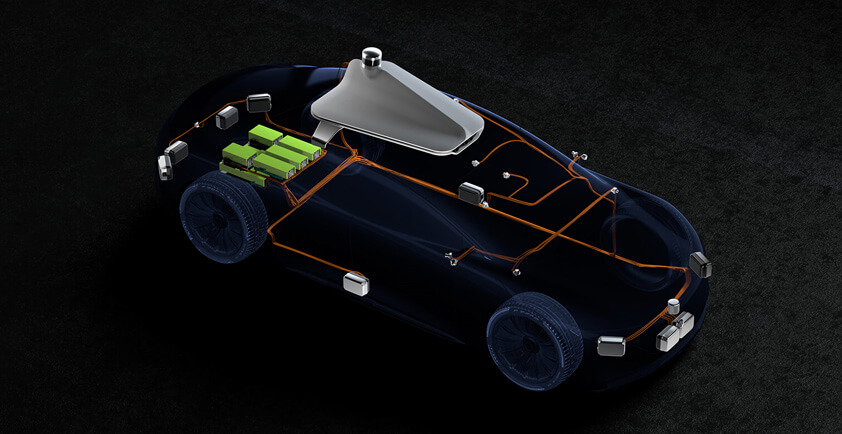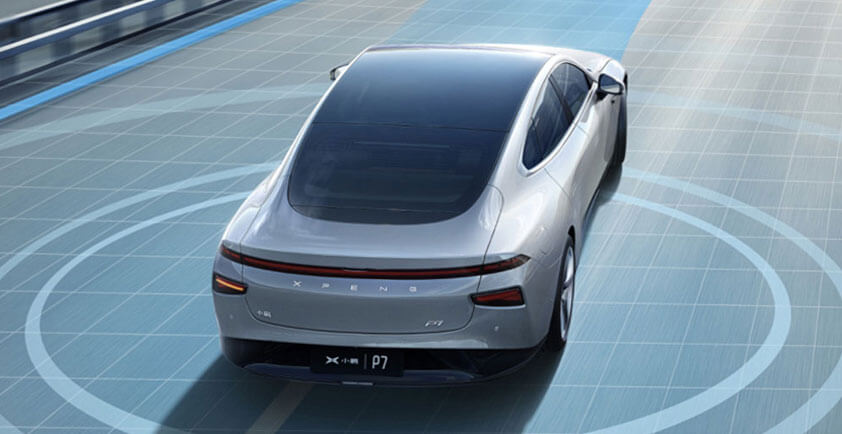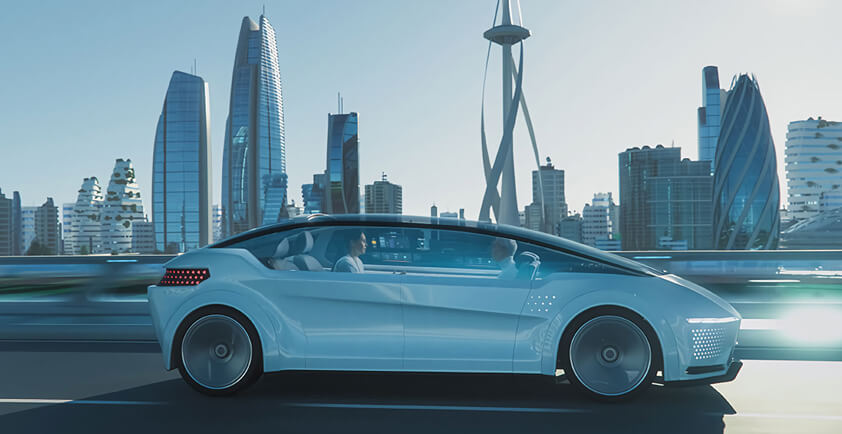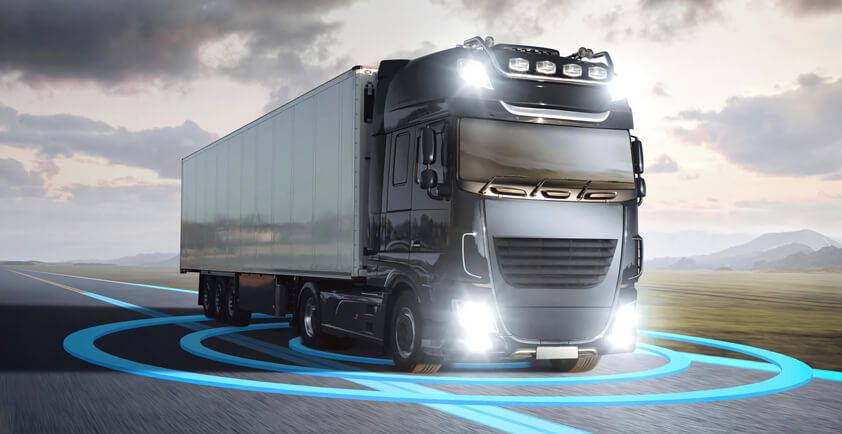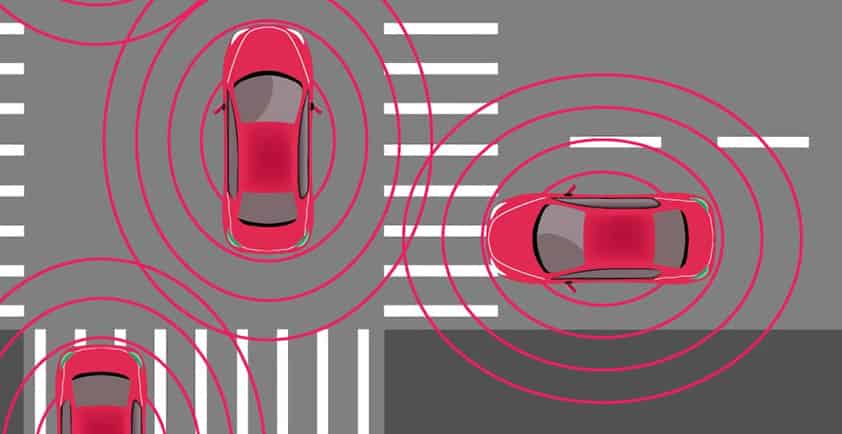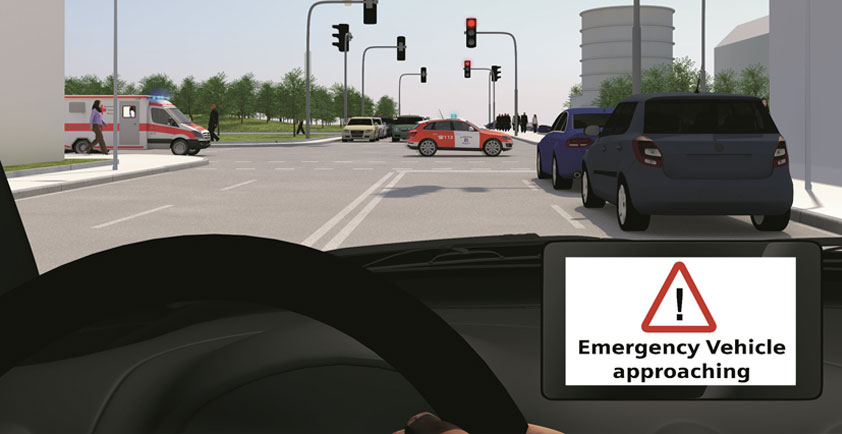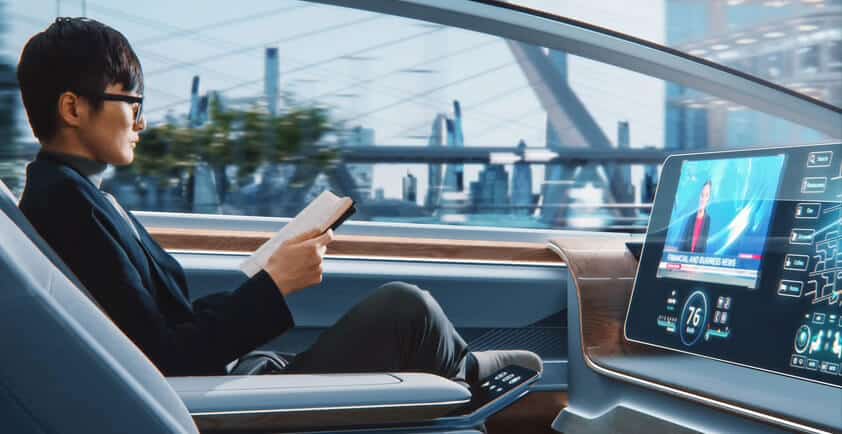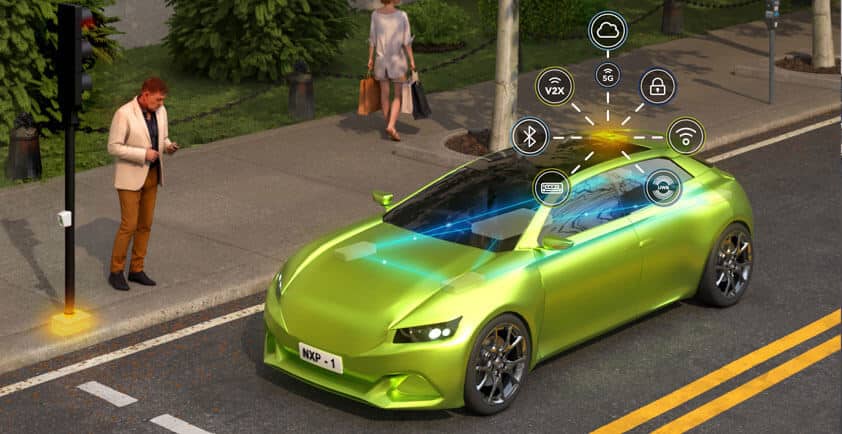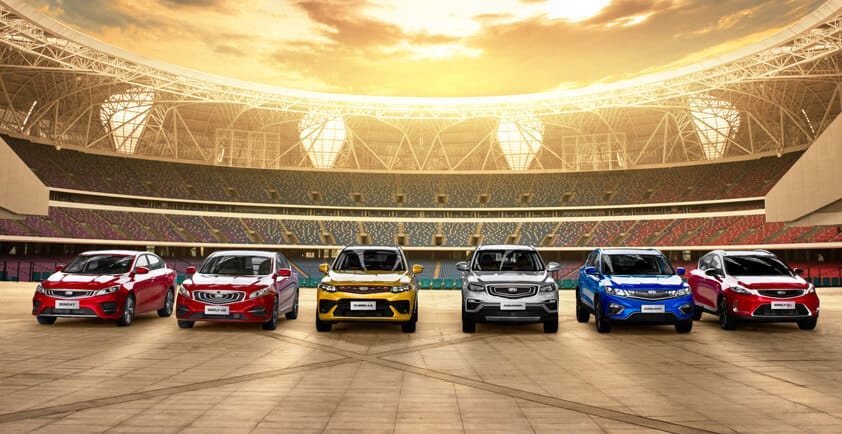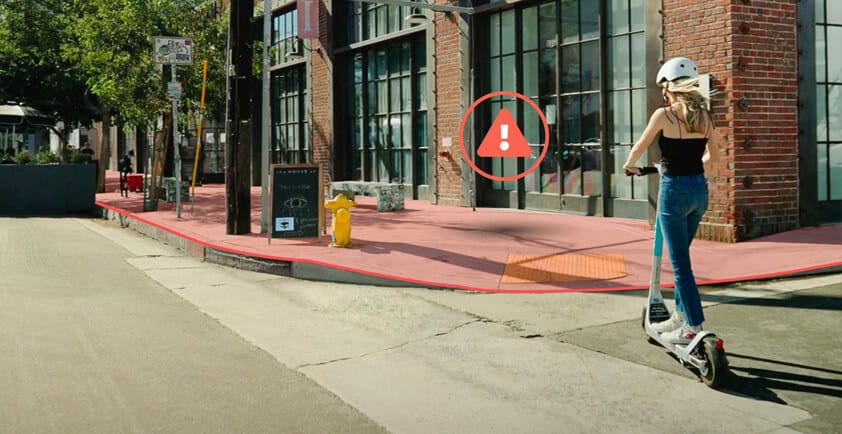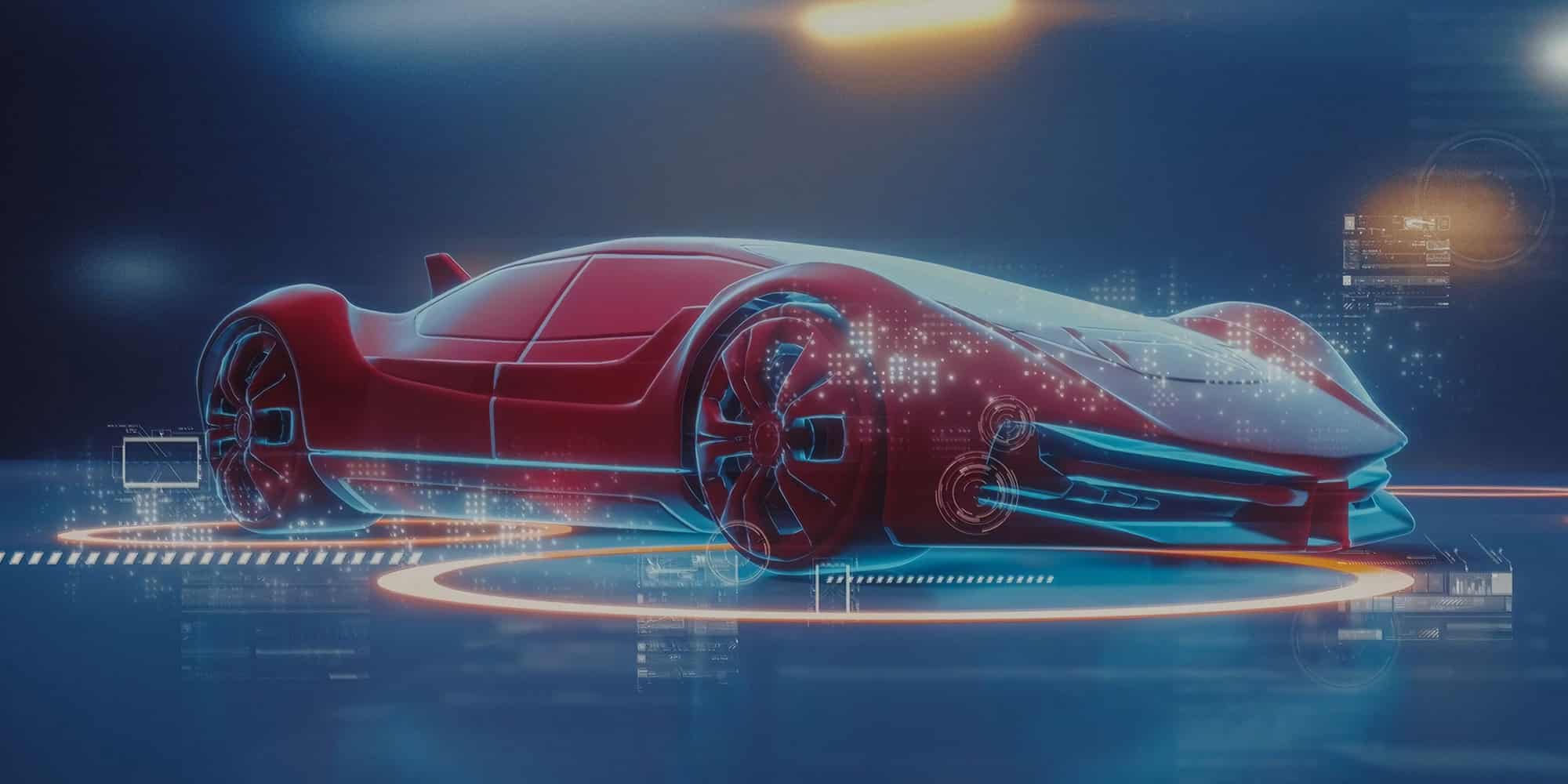

AUTOMOTIVE EXPERT INTERVIEW
Discussing Automotive with Mathias Reimann, Vice President Engineering, GNSS & Inertial Sensors, Bosch and Stefania Sesia, Phd, Head of Application Marketing, Automotive, u-blox
The automotive sector is being disrupted by a wave of technological innovation with sensing, data processing, and wireless communication at its core. As cars become increasingly autonomous, OEMs, Tier 1s, their suppliers, and service providers are adapting to a new reality, defined to equal measure by mechanical and software engineering. Mathias Reimann of Bosch and Stefania Sesia of u‑blox discuss these trends and how they are already impacting automakers and their suppliers.
What do you see as the major trends in today’s automotive industry?
Stefania Sesia (S.S) – One trend is the car turning into a software platform on wheels. In the future, the differentiating factor will no longer just be the brand, the look, the mechanics, and the hardware, but also the applications that can be embedded in it, with the possibility to continuously upgrade the vehicle and introduce new functionalities during its lifetime. Upgrading software and related features will raise the value of the vehicle by limiting its obsolescence.
Secondly, the increasing complexity of the functionalities embedded in the vehicle is driving the evolution in the direction of a more centralized vehicle architecture. We are moving from an electrical/electronic, pure feature-based architecture towards a domain-based partitioning and, ultimately, a more centralized electronic control architecture based on high computing power units. This comes with more and more sensors embedded in the vehicle, which could lead to more extended use of short-range communication in the vehicle to avoid large amounts of cabling, which, today, is also seen as a problem.
Mathias Reimann (M.R) Vice President Engineering, GNSS & Inertial Sensors, Bosch – After enabling users to get online during a trip, the car itself and its technology are going online as well to enable new features and functionalities during its lifetime. As Stefania mentioned, these constant technology upgrades are only possible thanks to a software-friendly architecture and an updatable platform. Some OEMs were a big step ahead, revolutionizing the industry with this remarkable concept that a lot of other OEMs are now following. As a Tier 1 supplier, we at Bosch see this in a lot of requirements coming onto our table and have integrated these into our product roadmap.
A second major trend is the push for more sensors inside the car. Why? After a very big hype in the last years about everything becoming automated, we’ve seen a slight cool-down in this discussion. Still, ADAS (advanced driver assistance systems) and AD (automated driving) systems are conquering more and more of the mid-class car market, across three major segments.
For the first segment, the classic privately owned car market, the first step involves moving from assisted driving to ADAS. In other words, towards SAE Level 2 which, for example, offers hands-free functionality that is very popular right now in the US and in China. It is a move towards more comfortable driving, but with a driver who remains in charge. We will see Level 3 with the first real hands- and eyes-off capabilities this year or next on the market. It will be a stepwise approach for privately owned passenger cars.
The second segment is shared mobility driving, where the target is SAE Level 4 or even 5, with cars that are able to drive themselves to the workshop and offer taxi or ride hailing services. And, finally, the third segment consists of commercial vehicles, not only for the last mile, but for long drives as well, demanding Level 4 or 5 automation.
Each of these three segments needs its own sensor setup in combination with updatable services. It is, therefore, important that the sensors overfulfill today’s specifications, because customers want to bring in new functionalities throughout the car’s lifetime. So, it’s an interesting time for us sensors suppliers, GNSS manufacturers, Car-2-X infrastructure providers, and hardware suppliers.
"We are moving from an electrical/electronic, pure feature-based architecture towards a domain-based partitioning and, ultimately, a more centralized electronic control architecture based on high computing power units". Stefania Sesia, u‑blox
S.S. – Related to the evolution of ADAS and AD, there is another trend unfolding regarding communication: the introduction of V2X technology as a means to enhance a vehicle’s local perception, basically as a set of sensors that is complementary to those the vehicle already has. These have quite different demands compared to typical sensors and create new challenges in terms of communication and the overall end-to-end system, with requirements in terms of reliability, trustability, and availability that become fundamental.
To continue on the topic of trends, I expect more AD-capable vehicles to bring the need for more infotainment content in the vehicle to entertain the passengers, such as rear-seat or front-seat augmented reality, gaming, and video conferencing. This will bring higher requirements for short- and long-range connectivity to offer independent entertainment to the rear and the front passenger seats.
The last trend I see is the electrification of the vehicle. As of today, this market segment makes extensive use of short-range connectivity, with Bluetooth used to identify the customer at the charging pole and Wi-Fi for direct communication with it. EVs currently represent approximately five percent of the automotive market share and are foreseen to grow rapidly to approximately 50 percent in the next decade. This entails the need for quite a large deployment of charging stations and an evolution of charging methodologies to offer an easier end-user experience.
M.R. – The electrification trend is also one of the major future growth market fields for us at Bosch. The entire technology setup is part of our portfolio, so we are investing everywhere from our own semiconductors for power ICs to complete systems. You may have noticed that the Bosch logo is part of an electrical motor, so you see that this has been in our company’s lifeblood from the very beginning.
Are these trends global, or do you see regional differences?
M.R. – We clearly see regional trends when it comes to ADAS and AD. There is an innovation hub in Silicon Valley, and we see a very strong push for SAE Levels 3 and 4 from our US West Coast customers, who want to be the first worldwide. We also see a strong push from China, where the goal is to save time in traffic jams. On the other hand, the push we see for Level 2, coming primarily from Europe, aims at making driving more comfortable. And we see the first Level 3 announcements in Europe for 2021/22 – really exciting times we’re living in!
The same goes for connected services. We still don’t have a very good mobile network here in Europe, whereas China, where there is a strong push for higher connection speeds and faster cloud-based solutions, is very well connected. It’s not that we don’t see these trends in Europe, it will just take a bit more time.
"The electrification trend is also one of the major future growth market fields for us at Bosch". Mathias Reimann, Bosch
S.S. – What we see is that OEMs, regardless of where they are, support similar applications but with quite different architectures and requirements, and there are some regional trends. There are, for instance, several ongoing discussions about the introduction of a safe solution for the positioning system, e.g., for AD Level 3. The need for a safe absolute positioning system does not represent 100 percent of the AD Level 3 market, but only a portion of it. In particular, we see in Europe that the demand for safe solutions for GNSS is increasing. In China interest is growing, but the architecture trends are not yet very clear. However, for the time being we don't see such clear demand for safe GNSS in the US, at least for passenger cars.
M.R. – You’re right. On the other hand, we see a regional bias and can distinguish between urban and highway use cases. For the classic highway use case in the US, for example, truck automation is a clear driver for safe and precise GNSS, whereas in China, this discussion is always linked to BeiDou satellite system integration. In urban use cases, the focus is more on video-based and relative localization technologies. However, for automation on highways, we see a technological necessity for safe and precise GNSS worldwide.
Coming back to GNSS versus feature localization, in rural use cases, we see the dominance of camera- and radar-based solutions. Customers often ask us: "Why can't we solve the localization problem with camera-based feature localization?" We see a lot of complementarity between the two. On featureless highways in the US or Northern Germany, for example, particularly in poor weather conditions, it is difficult for radar and video to recognize features. On the other hand, there are situations where GNSS signals can be lost, such as among high buildings and in multi-path scenarios. Our strong belief is that GNSS and feature localization are complementary technologies and will both be needed in Level 2 and above systems.
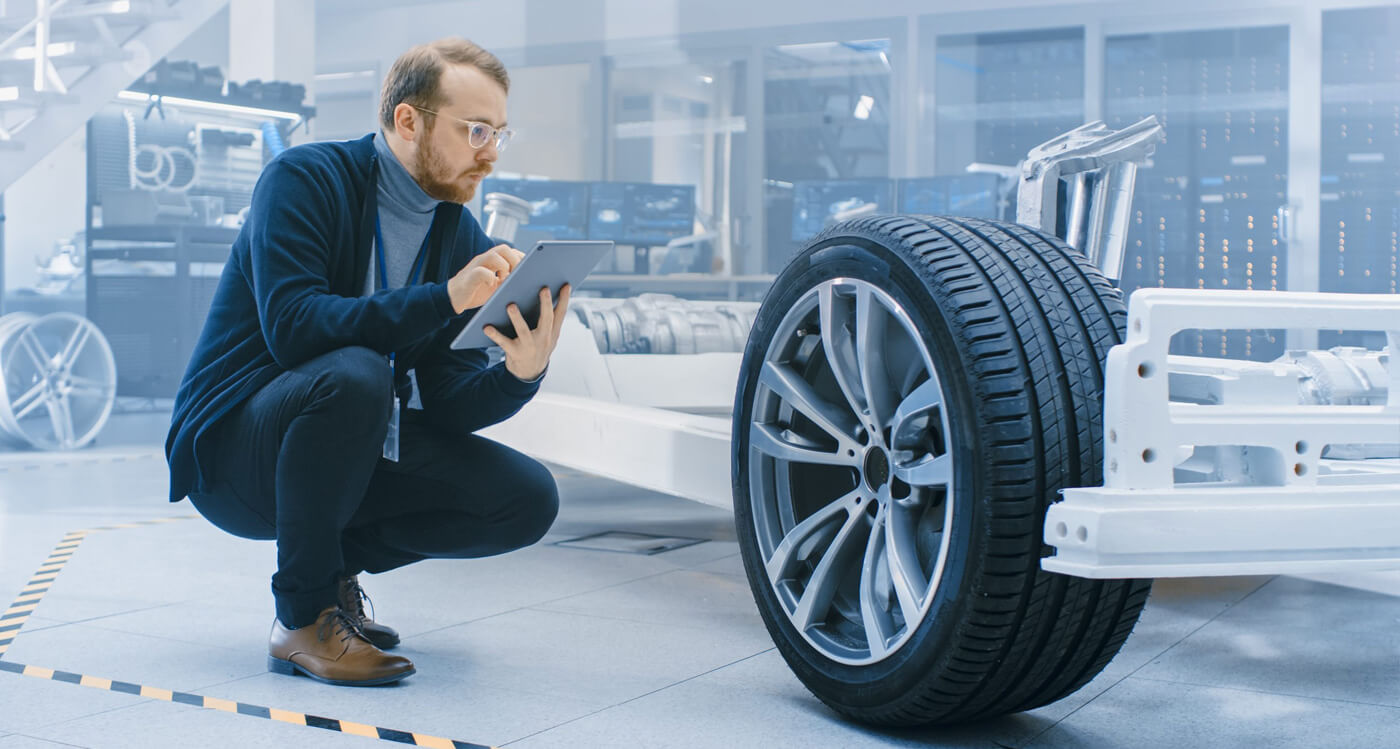
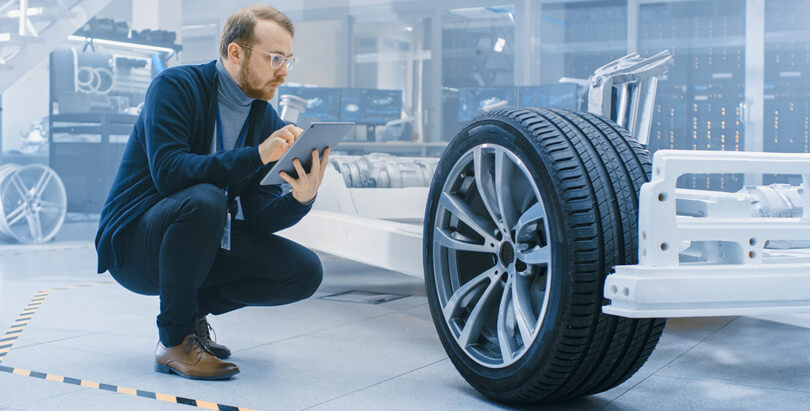
Do you foresee a revolutionary change in the vehicles’ architecture? If so, what are the consequences for OEMs and the various Tiers?
M.R. – On January 1, Bosch founded a new business unit called Cross-Domain Computing Solutions, which my team and I belong to, drawing on people from several other business units to develop the required data management concepts, cloud services, and a flexible hardware platform to enable new features. This is one clear internal sign of the trend towards a centralized architecture and our desire to address demand from our customers in a professional and incentivized manner.
Maintaining and upgrading features in the field on an architecture with intelligence distributed across many different ECUs is difficult, in particular with several suppliers, each with their own software architectures on their respective ECUs. That’s why we clearly see a trend to distribute the car into zones, each with an individual zone ECU, and central vehicle computers with a very clear and standardized software and system architecture behind them. And, of course, the possibility to update the software over the air.
S.S. – I completely agree, Mathias. As we mentioned earlier, there is a trend towards centralization, but each car OEM will have its own strategy to achieve a leaner and more efficient architecture capable of scaling in terms of complexity with more and more functionalities added during the vehicle’s lifetime. Today, typical architectures are based on three main vehicle computers: one for telematics, one for infotainment, and one for ADAS, plus some smaller ones. I think it will be harder for car OEMs to completely break with the legacy architecture and start from scratch; probably this will be easier for newcomers entering into these verticals. What we expect is that there will certainly be a stepwise approach. As Tier 1 and 2 suppliers, it will be important to be flexible and adjust our solutions to evolving architectures, operating systems, requirements, and constraints the customers might have.
Of course, u‑blox is well positioned to achieve this with our existing, flexible offering. In particular in the GNSS space, with chipsets and modules for single-band standard precision GNSS offered by the u‑blox M8 GNSS receiver family, with high precision GNSS technology offered by the u‑blox F9 family, and, recently, thanks to the acquisition of Sapcorda, with our high-precision correction services that deliver best-in-class performance with all the necessary host libraries and security measures. And we have also invested a considerable amount into functional safety and integrity solutions.
On top of that, we also address evolving environments with our short-range communication solutions – Wi-Fi and Bluetooth – which closely follow the evolution of each technology. For example, with the introduction of automotive - grade Wi-Fi 6, offered by our JODY-W3 module family with concurrent support for the 2.4 and 5 GHz bands and, in the future, for the 6 GHz band that was recently released by the European Commission and the FCC. Finally, let’s not forget that some of our cellular offerings can be used in the automotive domain.
What are the major enabling wireless technologies for cars? And what role will GNSS localization play in delivering increasingly high levels of assistance and automation?
S.S. –You can’t talk about wireless technology without talking about 5G. Together with V2X, 5G will no doubt bring the possibility to share more and more awareness data, alerts, and sensor data with cloud- or edge-based platforms to enable a huge amount of services to increase safety or convenience for the end user. Mathias already mentioned some of them: shared mobility, last mile deliveries, ride hailing services – ultimately, societal trends that are bound to happen in the future enabled by a reliable and higher capacity communication link.
"You can’t talk about wireless technology without talking about 5G. Together with V2X, 5G will no doubt enable a huge amount of services to increase safety or convenience for the end user". Stefania Sesia, u‑blox
When it comes to Wi-Fi, there are several applications today requiring higher data rates and parallel data streams in addition to concurrent and independent front- and rear-seat infotainment. Wi-Fi Fixer, for example, uses FDMA and multi-user MIMO to multiplex, in frequency, communications to several parallel devices, each with different data rate requirements. This allows for much more flexibility to serve several users in the same vehicle.
And there are other applications as well. We already mentioned EV charging, but there is also keyless entry into the vehicle, a use case that car OEMs are increasingly offering. Today Bluetooth technology is used to detect the presence of the driver using a positioning method based on signal strength. Leveraging enhancements to Bluetooth 5.1, it will use an angle-of-arrival type of detection to open the vehicle and let the driver in. There are also some discussions in the Car Connectivity Consortium® (CCC) in which ultra-wide band technology is emerging for automotive use cases such as keyless entry. This is also a technology inspired by customer needs.
When it comes to positioning, GNSS technology continues to evolve. It is already highly present in the vehicle for several applications, such as eCall, augmented reality, navigation, geofencing for AD, and longitudinal and lateral control of the vehicle. While initial use cases do not necessarily require very precise positioning and meter-level accuracy is sufficient, applications such as geofencing and autonomous driving require lane-accurate positioning, a certain level of integrity, and compatibility with the ISO 26262 and ISO 21448 standards for functional safety and SOTIF (safety of the intended functionality). Depending on the use case, the main KPIs are robustness, data trustability, integrity, resilience against cyber-attacks, broad availability, and high accuracy. Correction services such as RTK or PPP-RTK that bring down achievable accuracies to the decimeter-level are gaining in importance.
On that note, u‑blox is investing a lot to develop methodologies that achieve very low levels of integrity risk while controlling the complexity. We are monitoring where the technology trends and evolutions are headed, and, in particular, where the customer requirements are going for these highly demanding types of use cases.
"Our strong belief is that GNSS and feature localization are complementary technologies and will both be needed in Level 2 and above systems". Mathias Reimann, Bosch
M.R. - Let me just add a good example. Since 1995, Bosch is in the business of IMUs (inertial measurement units) and we are doing everything from micromechanics, ASIC design, and production to system and vehicle integration. And even after such a long time, there is still a lot of potential for innovation like our ultra-precise IMU MMP2 for highly automated driving and safe stop maneuvers. Out of that background, five years ago, a Bosch team had the idea to combine our IMU knowledge with high precision GNSS. After some first discussions with our automated driving colleagues, the need for lane-accurate and safe localization became clear. Stefania mentioned the need for geofencing, but I would say it's even more than that. For function developers, a precise position ensures you’re operating in your desired ODD (operation design domain). To achieve this safe positioning, the need to combine IMUs with high precision and safe GNSS was deducted. This is how the product idea of a vehicle motion and position sensor (VMPS) came on board. And what seemed at first glance to be an impossible task is now coming into life. With series introduction of the VMPS, Bosch will launch the first ASIL-B rated GNSS system on the market. Our customers are using the VMPS with u‑blox technology inside as a platform for several innovative use cases, which even we had not foreseen several years ago.
Now if we look into the future, Stefania mentioned cybersecurity. For GNSS this means that anti-spoofing and anti-jamming algorithms will gain in importance in the next years as well as scalability and flexibility for our target markets. For China, BeiDou satellite systems will be in focus, and L1 and L5 frequency bands will be an important step into the next era, as is Galileo authentication. There are a lot of new challenges coming up, and we are looking forward to continuing to work together with u‑blox over the next years.
As cars become more and more computerized, they are also generating huge amounts of data. How can these data be best put to use?
S.S. – In Europe, the ITS directive regulates data among other things. It promotes the possibility to exchange more and more data between the vehicle and the cloud to stimulate the development of new vehicle services. My understanding is that the ecosystem is still struggling to solve data ownership issues, develop a viable business model, and so on. I’d say that it is coming, but not at the pace that had been expected at the very beginning. I think that car OEMs should change the way they think about data, which could become a valuable source of revenue for a large portion of the ecosystem and really raise the value for the end user.
M.R. – Big data is nice, but let’s be clear that all the raw data coming out of a vehicle’s built-in sensors cannot simply be pushed into the cloud. There needs to be an intelligent way to compress the data first and extract only the relevant features. That’s why Bosch is investing heavily into AI algorithms for data curation that would extract relevant content out of the data stream before uploading them to the cloud. Here it is very important to be able to update the filters when you think: "I need some more details here," or "I need to dig more into the raw data there...".
Managing data is a complicated matter because it crosses several physical interfaces and legal entities, so making responsible use of people’s personal data is a top priority for Bosch. That includes transparency regarding what data is stored and processed, and for what purpose.
Fast forward twenty years. What do you personally think a car will look like in 2041?
M.R. – As I am coming from the ADAS and AD area, for me a car in 2041 is completely automated, allowing me to read the NZZ newspaper, for example, as it drives me to my destination. But I'm sure we will also see a lot more shared vehicles driving around. And for long distances, I'm very fond of high-speed trains, like the Japanese Shinkansen, or the project of the Gotthard Base Tunnel in Switzerland.
S.S. – 2041 is 20 years from now, so it is clearly what you said, Mathias: shared mobility and completely autonomous vehicles. I think it will happen little by little, but it will happen. What I would like to see is the possibility to use all the freedom of mobility not only on the ground, but in space as well, as this would make transportation much, much faster. Of course, there are issues, many related to regulations and how to make the best use of such completely autonomous flying objects. But it would definitely be nice to be able to read the newspaper and reach our destination faster. Let’s see if it happens!
